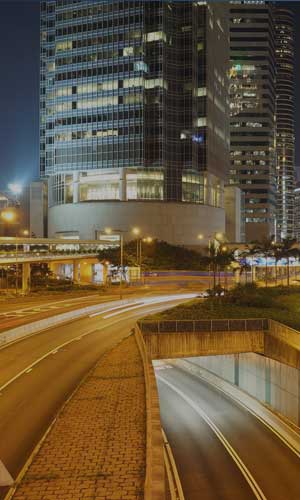

Waste is converted into compost.

Treatment of waste water.
Reusing of treated water for non-domestic use.
Quality water for all the residents.
Smart meters and preventive maintenance management.

Renewable Source of Energy, like solar, wind, biofuel etc.
Construction of energy efficient & green buildings.

Intelligent traffic management.
Smart parking.
.
Skill development centers.
Security surveillance cameras for overall security.
LTG Constructions Pvt Ltd
Corporate Office
LTG Tower, #3,4,5& 6, 3rd Floor, BDA Outer Ring road, Near Kempegowda nagar Arch, Laggere, Bengaluru - 560 058 Karnataka ,India.
080 - 2961 6921 / 2961 5900.
enquiry@ltgcons.com